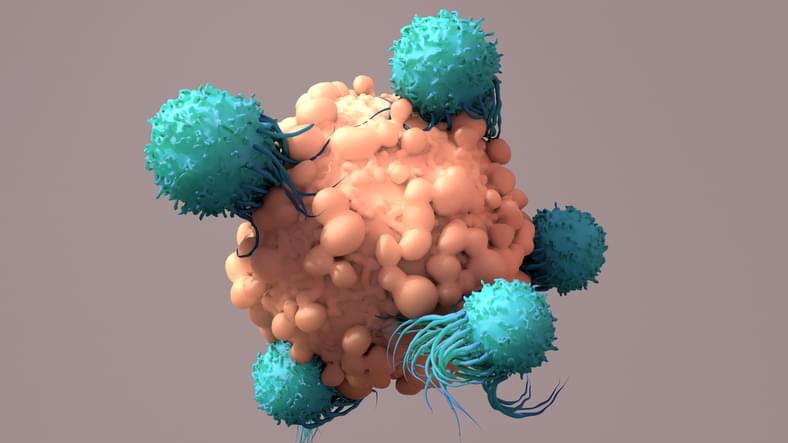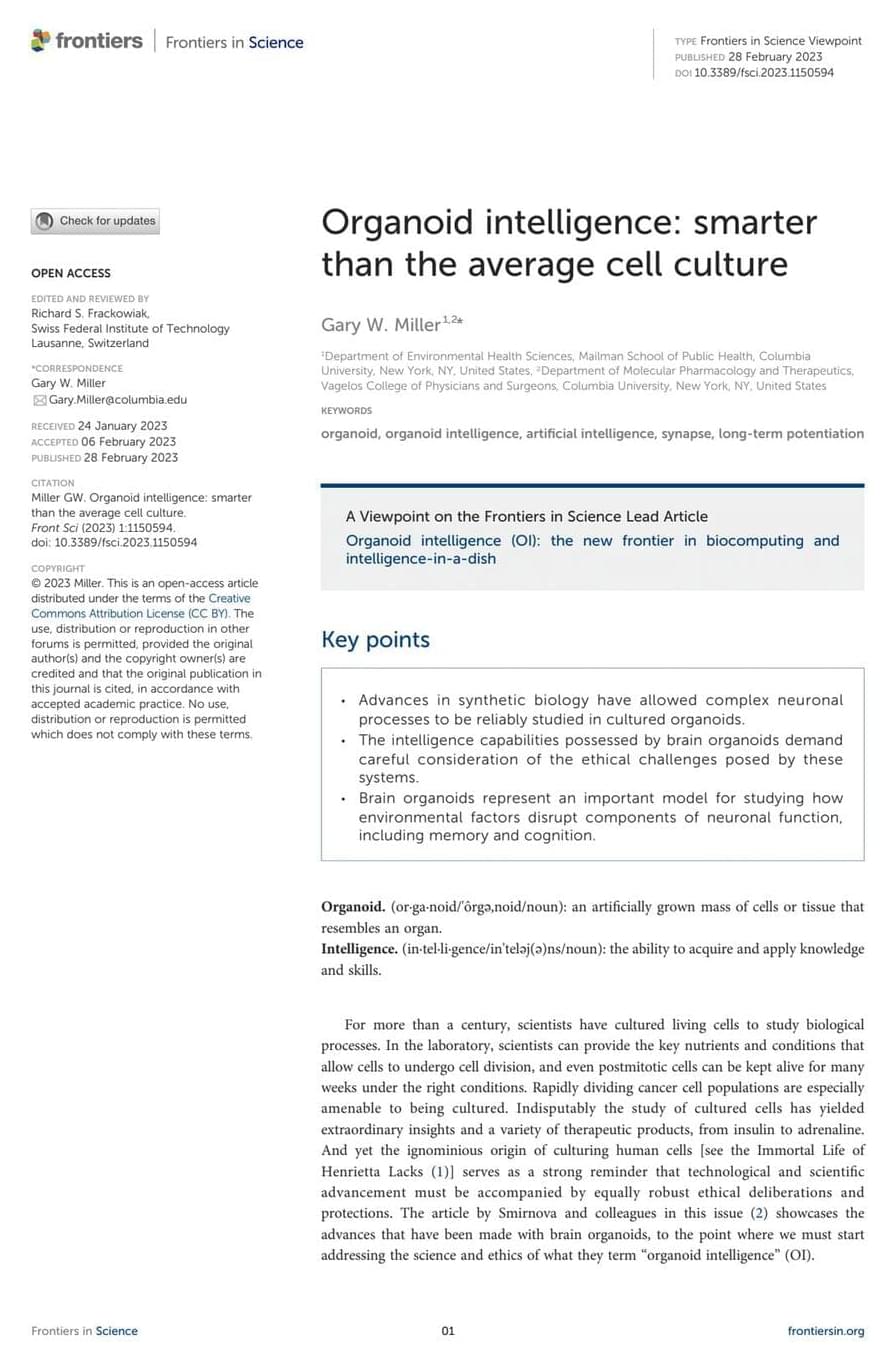The use of Artificial Intelligence (AI) in education has seen an increase in recent years. The rapid development of this new technology is having a major impact on education. In this edition of Edtech Mondays we will talk about the applications and benefits of AI in the education sector, the necessary implementation frameworks, the policy support and also seek to hear from the end users on the impact AI has or would have.
Get the latest international news and world events from around the world.
Quintessence (physics)
In physics, quintessence is a hypothetical form of dark energy, more precisely a scalar field, postulated as an explanation of the observation of an accelerating rate of expansion of the universe. The first example of this scenario was proposed by Ratra and Peebles (1988)[1] and Wetterich (1988).[2][3] The concept was expanded to more general types of time-varying dark energy, and the term “quintessence” was first introduced in a 1998 paper by Robert R. Caldwell, Rahul Dave and Paul Steinhardt.[4] It has been proposed by some physicists to be a fifth fundamental force.[5][6][7][8] Quintessence differs from the cosmological constant explanation of dark energy in that it is dynamic; that is, it changes over time, unlike the cosmological constant which, by definition, does not change. Quintessence can be either attractive or repulsive depending on the ratio of its kinetic and potential energy. Those working with this postulate believe that quintessence became repulsive about ten billion years ago, about 3.5 billion years after the Big Bang.[9]
A group of researchers argued in 2021 that observations of the Hubble tension may imply that only quintessence models with a nonzero coupling constant are viable.[10].

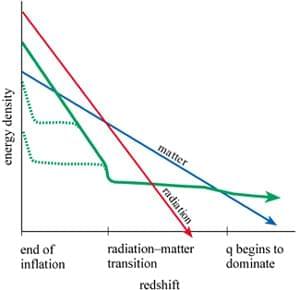
About Quintessence: the time-evolving form of energy which drives the expansion of the universe
In this weeks continuation article of Dark Energy and what it is, we will be looking at Quintessence: which could be what dark matter is made of.
Quintessence. It is a “time-evolving and spatially dependent form of energy with negative pressure sufficient to drive the accelerating expansion” (Cladwell R.R. and Steinhardt P.J., 2000a, para 41).
Since it has negative pressure, it also has negative gravity. This negative gravity could explain the expansion of the universe. There are many models to describe quintessence, the simplest being, the fact that quintessence might be a quantum field with very long wavelength stretching across the universe. Negative gravity arises in this field by the negative pressure, and we can calculate the pressure by subtracting the Kinetic and Potential energies of the rate of oscillations in the field strength. This model is also successful, because it explains how the density of Dark Energy, or quintessence, changed over time, and fits in with the idea that dark energy must have been insignificant during the early universe to allow the large scale structures to form.
Ray Kurzweil & Geoff Hinton Debate the Future of AI
The potential of AI, particularly in narrow domains, is immense and has the capability to revolutionize various fields, but it also poses significant dangers if not carefully managed and understood Questions to inspire discussion What are the potential dangers of AI? —The potential dangers of AI include the possibility of open sourcing technology leading to the creation of atomic bombs and the dangers of open sourcing large language models for bad purposes.
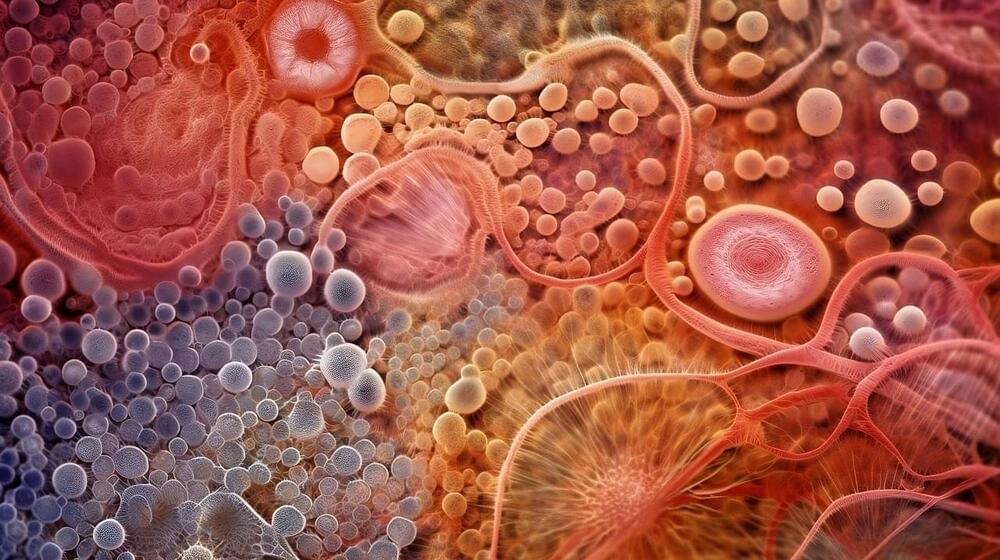
Depleting Stem Cells Improves Immunity
Aging is a life process where the body slowly breaks down and becomes more vulnerable to external stimuli. For example, bones in older individuals become frail and muscle deteriorates. Additionally, older individuals are more susceptible to disease with a compromised immune system. In many cases there are protocols and guidelines in place to protect those with high susceptibility to disease. During the COVID-19 pandemic older patients had to be extremely careful to avoid contracting COVID-19.
Unfortunately, aging is a natural part of life. However, scientists are working to make the process of aging a little easier. Due to the increased average lifespan, aging has been a progressively growing field. Physicians and scientists are working to understand how we age and if there are secrets to be uncovered that would help avoid, prevent, or cure age-related diseases, such as cancer.
Stem cells are self-renewing cells in the body with the ability to differentiate into any cell type. The outcome to which final cell type it turns into is dependent on what the body needs. Regarding the immune system, the body generates more myeloid immune cells. Aging of the immune system is best characterized by an imbalance of these immune cells. Other immune cells including lymphoid cells related to adaptive immunity are reduced in number while myeloid cells and inflammatory pathologies are increased. Many believe that stem cells may be the cause of this imbalance.
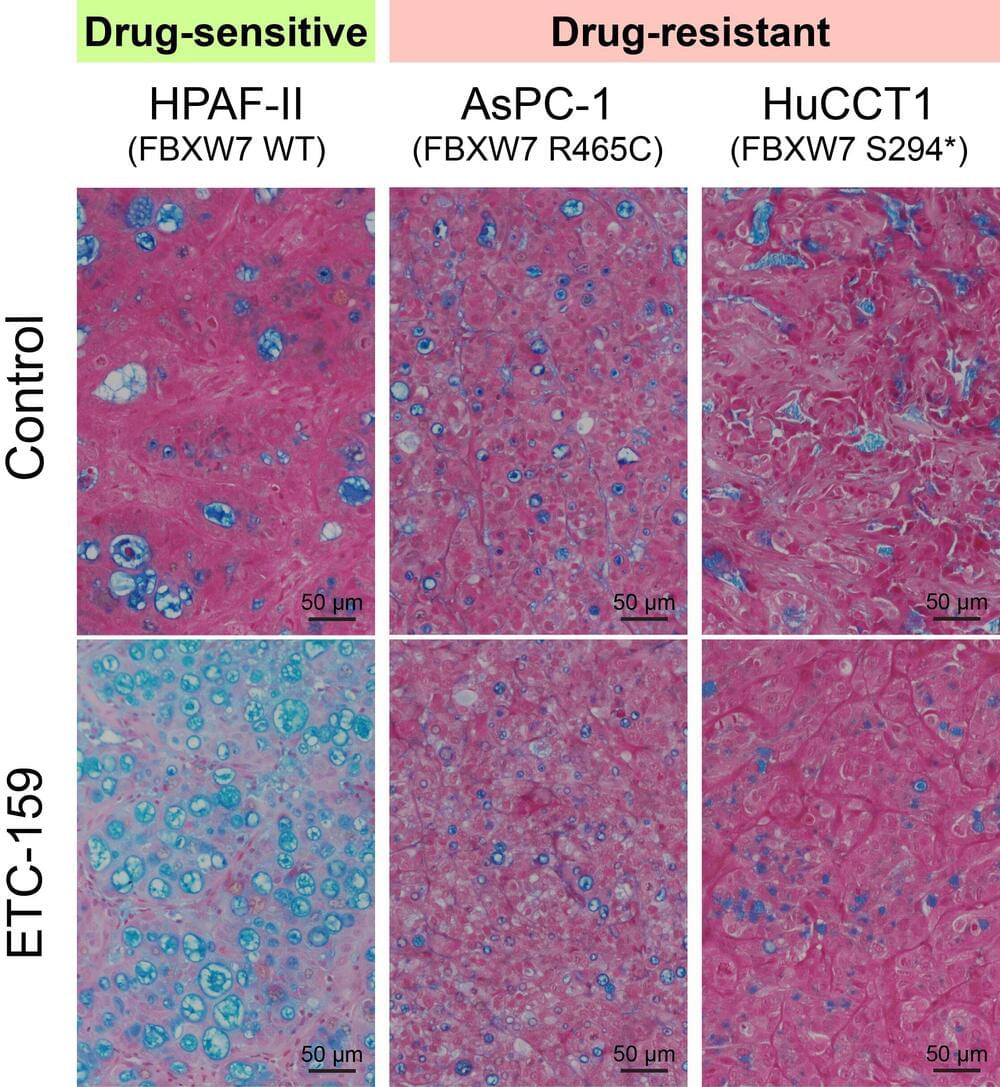
Scientists uncover key resistance mechanism to Wnt inhibitors in pancreatic and colorectal cancers
Scientists at Duke-NUS Medical School have uncovered why some pancreatic and colorectal cancers fail to respond to Wnt inhibitors, a promising new class of cancer drugs currently under development for these cancers. Their discovery, published in Science Advances, not only offers a new cancer therapy target but also a potential screening tool to identify those patients who will not benefit from this new therapy once it becomes available.
